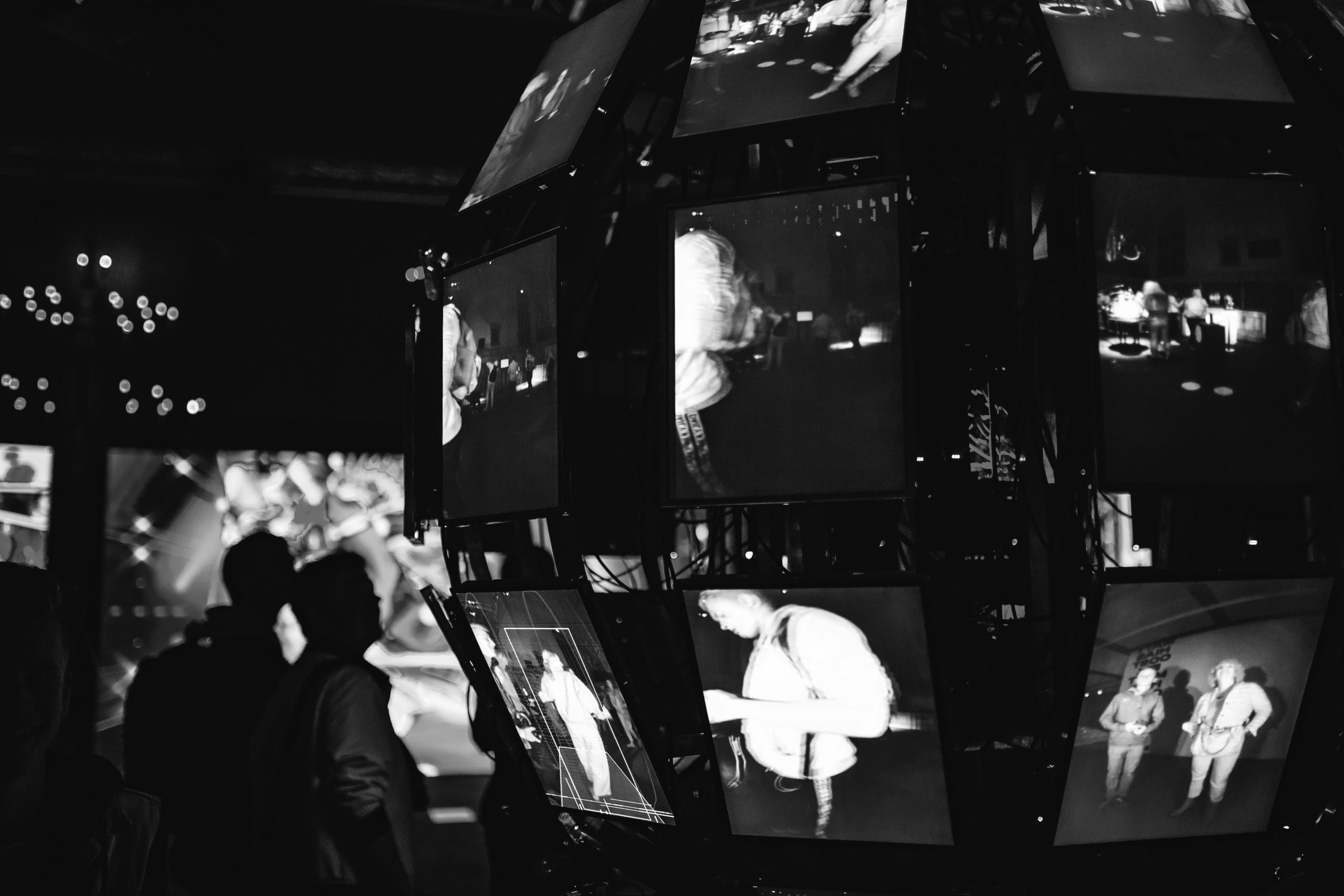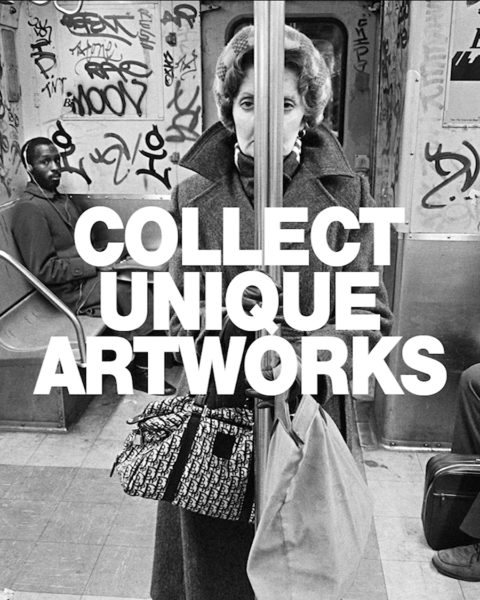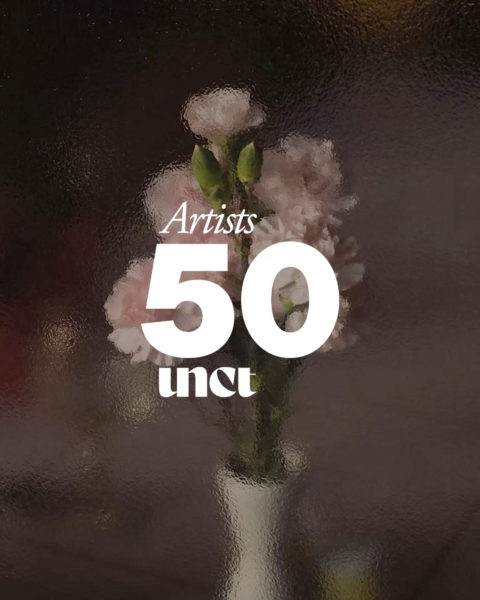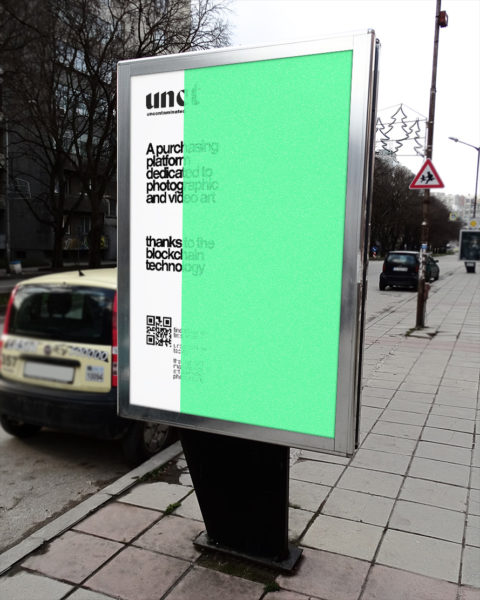Gaining headway in the 1960s through a branch of experimental film, video art took a while to become an established form of contemporary art widely promoted and recognized. Attracting artists from the most disparate fields, from music, performance, literature, visual art, and the moving image, video art meant experimenting with audiovisual configurations and conceptual ideas. A symbol of unconstrained expressionism, exploring new forms of technology, in an artist-run environment, passing from the non-profit underground movements to then entering the mainstream contemporary art market, from galleries to Art Biennales and exhibitions around the world video art was not accepted right off the bat.
In its early phase, museums concentrated on painting and sculpture. Many considered the moving image ethereal, rejecting sound and moving images in the ‘temple’ spaces of the museum as almost sacrilegious.
“Video art experienced an advent when Sony first created an economical consumer piece of equipment that allowed everyday people access to vast new possibilities in documentation.”
Thus, its advancement was due to advances in technology. In fact, by the late 1990s, museums had accepted video and media as exhibitable art forms. It provided a cheap way of recording and representation through a dynamic new way, fragmenting an art world where forms such as painting, photography, and sculpture had been the long-established norm. By expanding the potential of an individual creative voice it challenged artists to stretch toward new plateaus in their careers. It has also given rise to an unmistakable selection of artists who may never have entered the fine art field if smothered by the constraints of traditional mechanisms. Over the last half-century, video has become accessible to all, spawning a continuous evolution of its use. Our age is defined by the everyday smartphone which could create high caliber works of art through the use of an ever-increasing assortment of applications thus expanding its potential.
What distinguishes the moving image from other art forms is that it allows artists to really thrive through experimentation, mixing media, technology, photography, and sound through diverse mediums. Its open-endedness offers infinite possibilities…avoiding all labels, most creators define themselves simply as: artists. This caters to their approach to creating an artwork that might become an installation, a performance, a virtual reality environment, or a downloadable file. More than ever, media art belongs to the here and now, as it evolves with technology, the times, and its users. So popular a medium, many art schools now offer video as a specialized art major.
“It is considered a genre rather than a movement in the traditional sense and is not to be confused with theatrical cinema, (or experimental) film.”
The future of media art is fervent. Post-Covid-19, public spaces such as Piccadilly Circus are commissioning site-specific projections by visual artists. Whereas Tate Modern has promoted Bruce Nauman’s formidable survey. Moreover, during the lockdown, artists stayed active, using social media for the distribution of their work. Not to mention the rise of NFTs in the art market in the last two years which has given significance to the promotion of all forms of video on a wider platform, sold and traded as non-fungible tokens thanks to Blockchain technology.
Film producer and photographer Judy Lindsay recently stated regarding NFTs: “This is a revolution. I think we’re in a period of time that will be looked back on as probably greater than the Renaissance.” She may have nailed the terminology ‘renaissance’, and uncontaminated.co is definitely aligned with this statement. Aiming to promote video artists and photographers alike, our platform sees NFTs as an opportunity to combine great technological innovations such as using the Blockchain to exchange works of art with great artistic talent.
This new technology is attracting the attention of many video artists who see the potential it has to generate income and distribution of the work online, allowing collectors to instantly access the works of art, whilst giving artists a clear benefit: indefinite royalties from every successive sale, an element which was unknown to them when exhibiting in a gallery or museum. Also, the use of interactive screens, and increased VR and 3D usage combined with the birth of Meta will give this medium even more space. The benefits are self-evident, so it’s up to both artists and collectors to see that inevitably, the sky is the limit…






